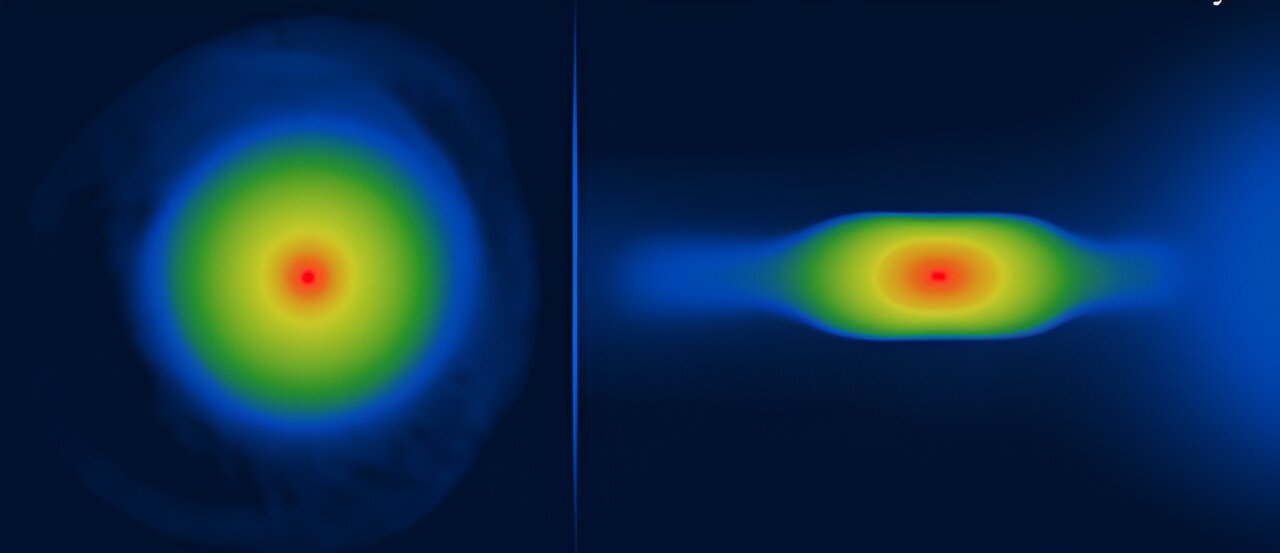Astrophysicists from the University of Central Lancashire (UCLan) have found that planets have flattened shapes like smarties just after they form rather than being spherical as previously thought.
It is believed that they either form through ‘core accretion,’ which is a gradual growth of dust particles that stick together to form progressively larger and larger objects on long timescales, or directly by the breaking up of large rotating protostellar disks around young stars in short timescales, which is what we call the theory of disk-instability.
This theory is appealing due to the fact that large planets can form very quickly at large distances from their host star, explaining some exoplanet observations.
You must log in or register to comment.


